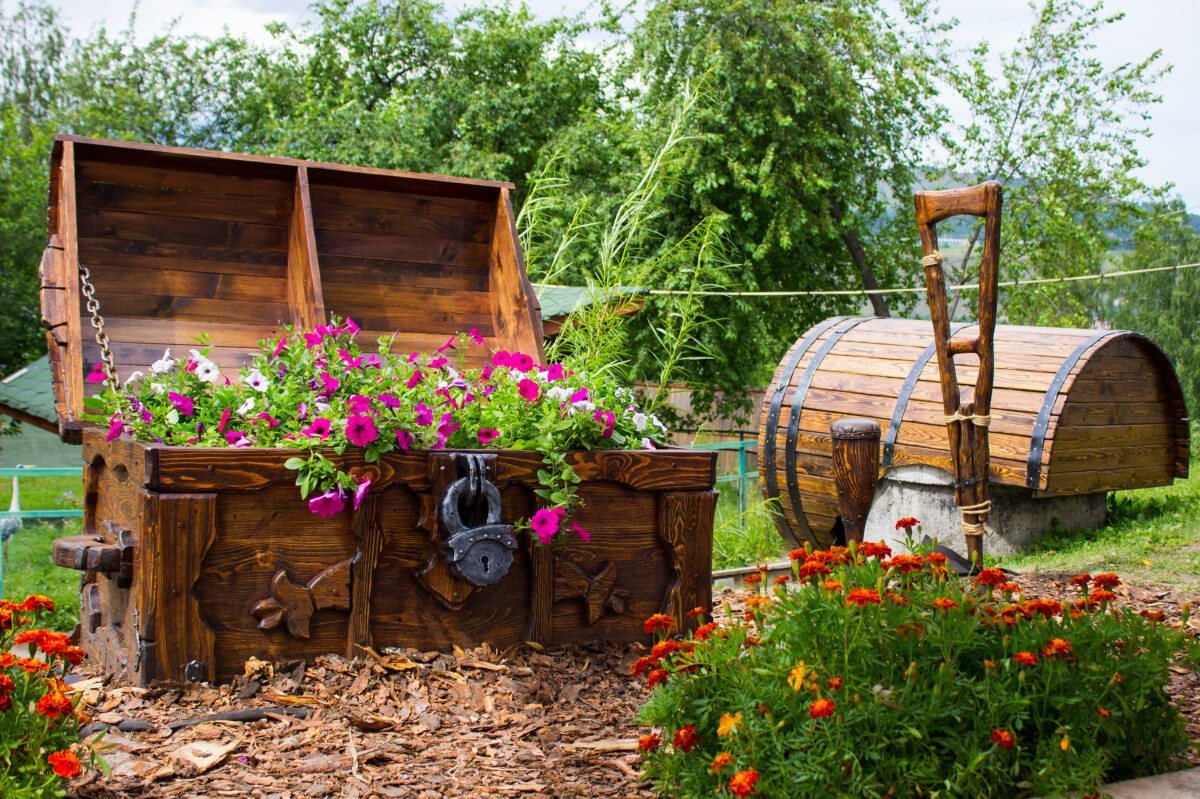Why Site Grading and Land Preparation Are Crucial for Your Next Project
If you’re building a new home, installing a driveway, or planning a beautiful yard transformation, there’s one step you can’t skip: site grading and land preparation. It’s the foundation—literally—of any successful landscaping or construction project. At J & L Landscape Services LLC, we’ve been providing expert grading services across North Carolina for over 15 years, and we’ve seen firsthand how critical proper preparation is to the long-term success of any outdoor space.
In this post, we’ll explain:
- What site grading is
- Why it’s essential
- Types of grading
- Our process at J & J Landscape Services
- Common mistakes to avoid
- How grading impacts drainage
- What to expect during your project
- Signs your property needs grading
- FAQs
- How to get started with a free estimate
1. What Is Site Grading?
Site grading is the process of leveling or sloping land to ensure proper drainage, structural stability, and usability. It involves reshaping the surface of your property using heavy machinery and expertise to create a smooth, stable base for construction, driveways, sod, or landscaping elements.
Grading isn’t just about making things look flat — it’s about engineering your land to function properly for decades to come.
2. Why Site Grading Is Essential
- Drainage Control: Prevents water from pooling near your foundation, walkways, or landscaping.
- Foundation Stability: Ensures your home, patio, or driveway sits on a firm, even base.
- Erosion Prevention: Directs rainwater away from structures and sensitive areas.
- Improved Appearance: A well-graded yard looks cleaner, more polished, and easier to maintain.
- Lawn & Garden Health: Proper slope means better soil moisture control and fewer issues with plant health.
Without proper grading, you risk flooding, cracking, uneven surfaces, and costly repairs later.
3. Types of Grading Services
At J & J Landscape Services, we provide multiple types of grading, depending on the project:
- Rough Grading: The initial leveling of the site after clearing trees, brush, and debris. It sets the basic slope and structure.
- Final Grading: The fine-tuning layer, smoothing out the surface, adjusting slopes, and preparing it for sod, gravel, or hardscaping.
- Drainage Grading: Specialized shaping of land to direct water flow safely away from buildings and low areas.
- Lot Clearing & Prep: Includes brush removal, soil conditioning, and prepping raw land for future use.
4. Our Process: How We Grade at J & J
We follow a consistent and thorough process to ensure top-quality results:
- Site Evaluation: We assess the current condition of your land, its slope, drainage, and any problem areas.
- Planning: We design the grade based on your project goals — whether it’s building a home, laying sod, or managing stormwater.
- Clearing & Rough Grading: Our team clears debris, brush, or overgrowth, then begins rough shaping the terrain.
- Laser-Leveling & Final Grading: We use precision equipment to fine-tune the slope for accuracy and function.
- Cleanup & Inspection: We leave the site clean and ready for whatever comes next.
Every job is supervised and completed by skilled professionals using top-tier equipment.
5. Common Mistakes to Avoid
Unfortunately, we’re often called to fix DIY or poorly executed grading work. Here are some common issues:
- Slopes graded toward the house instead of away from it
- Uneven surfaces under driveways or patios
- Insufficient soil compaction
- Not accounting for water runoff during heavy rain
- Ignoring long-term soil settlement
Professional grading avoids these pitfalls and saves thousands in future repairs.
6. How Grading Impacts Drainage
Water always finds the path of least resistance. If your land isn’t properly graded, water can:
- Pool near your home’s foundation (risking cracks or leaks)
- Erode topsoil and ruin landscaping
- Damage walkways, driveways, and patios
A good grading plan ensures water flows away from your structures and drains naturally into safe zones.
7. What to Expect During Your Project
Here’s what a typical grading project looks like:
- Timeline: 1–3 days depending on size and complexity
- Equipment: Excavators, skid steers, laser levels, grading rakes
- Noise & Activity: Some noise from machinery during daylight hours
- Cost: Depends on lot size, terrain condition, and access — we provide free estimates
We work efficiently to minimize disruption and leave your space better than we found it.
8. Signs Your Property Needs Grading
- Standing water or puddles after rain
- Water in your basement or crawl space
- Uneven lawn or bare patches
- Soil erosion on slopes
- Cracks in your patio, driveway, or sidewalk
- Planning new construction or major landscaping
9. Frequently Asked Questions (FAQs)
Q: Do I need a permit for grading?
A: In most residential cases, no. But if you’re altering drainage or in a regulated zone, we’ll guide you through what’s needed.
Q: Will grading damage my yard?
A: Our process is clean and careful. We only disturb what’s necessary and we always clean up afterward.
Q: Can I do grading myself?
A: It’s risky. Grading requires specialized equipment and knowledge of slopes, drainage, and soil behavior. DIY often leads to costly fixes.
10. Get Started with a Free Estimate
If your property needs grading or land preparation, don’t wait until it becomes a problem. Let the experts at J & L Landscape Services LLC assess your land and provide a solution that lasts.
📍 Serving Charlotte, Monroe, Concord, Waxhaw, and surrounding NC areas
📞 Call us today at 980-476-5336 or 980-239-4815
Get it done right the first time — with over 15 years of experience you can trust.
Need help with mulch, gravel, or drainage after grading? We’ve got you covered. Ask about bundling services and saving on your total project cost!


Leave a Reply